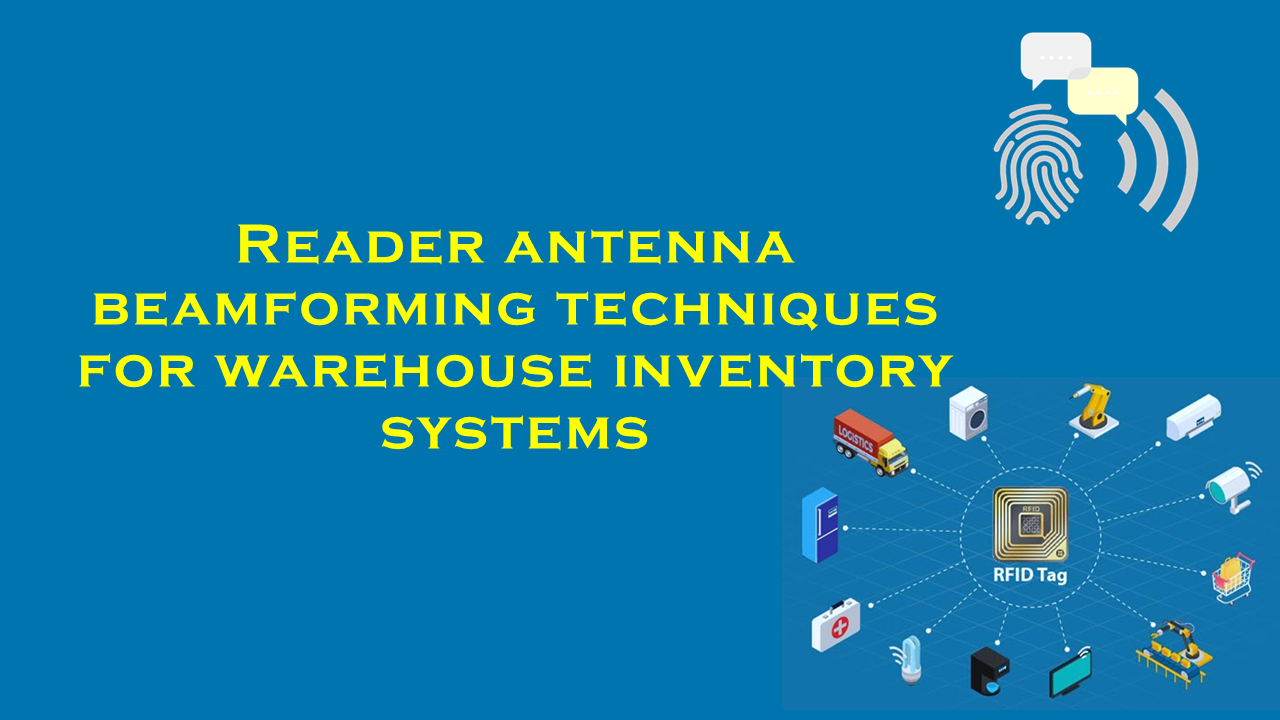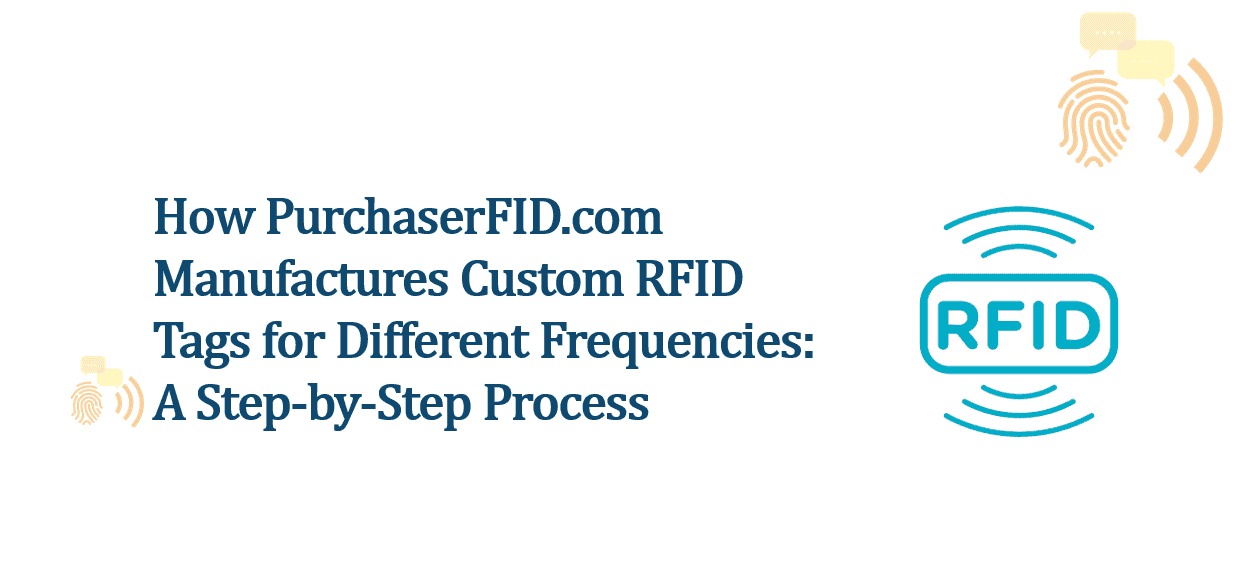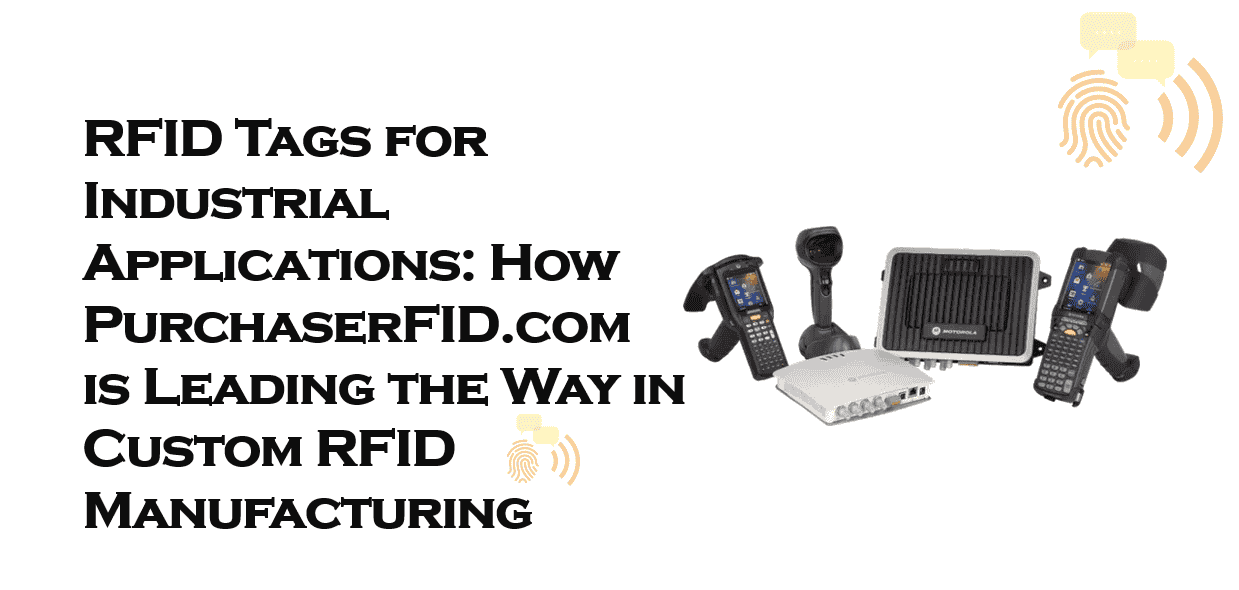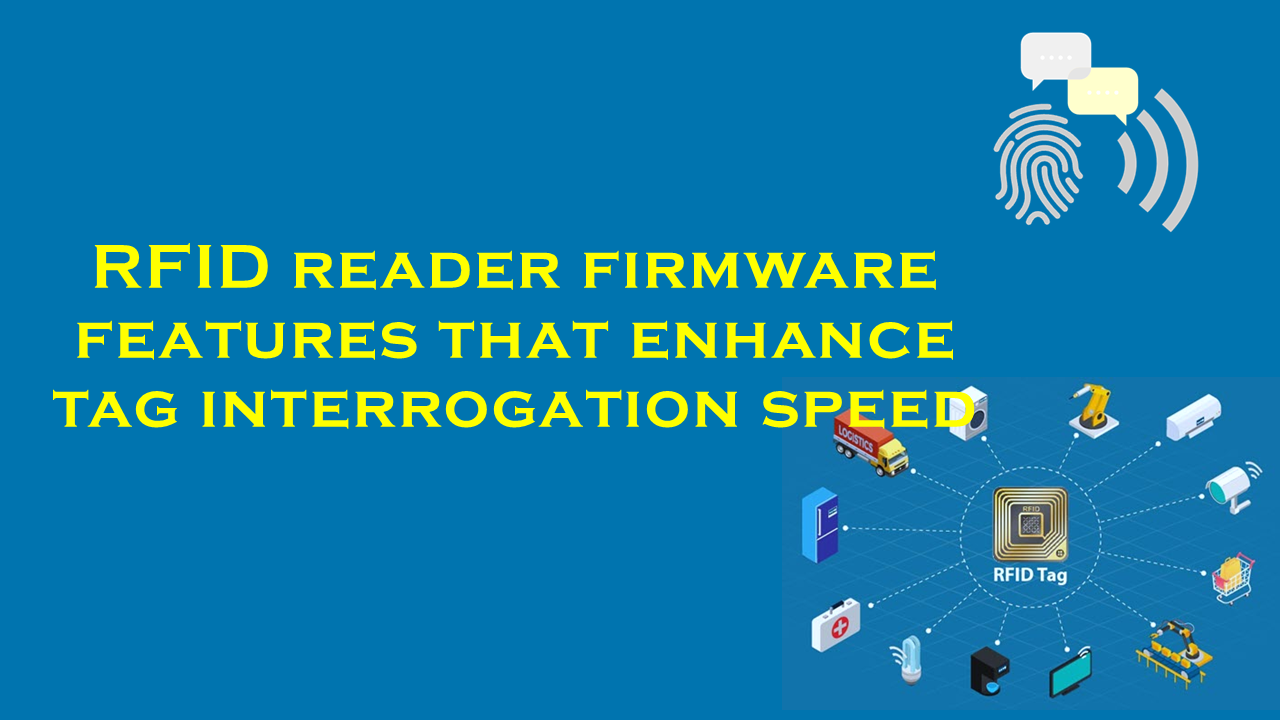Reader antenna beamforming techniques for warehouse inventory systems

Reader Antenna Beamforming Techniques for Warehouse Inventory Systems
Introduction to Warehouse Inventory Systems and RFID
In today’s fast-paced supply chain environment, efficient warehouse inventory management is critical for minimizing operational costs and meeting consumer demands. Radio-Frequency Identification (RFID) technology has emerged as a cornerstone of modern inventory systems, enabling real-time tracking of goods without line-of-sight requirements. Unlike traditional barcode systems, RFID uses electromagnetic fields to automatically identify tags attached to items, streamlining processes such as receiving, shelving, and shipping. However, as warehouses scale in size and complexity, RFID systems face challenges like signal interference, limited coverage, and tag collisions. To address these issues, advanced techniques such as reader antenna beamforming are increasingly being adopted to optimize performance.
Challenges in RFID-Based Inventory Management
RFID systems in warehouses must contend with several limitations:
- Signal Interference: Dense environments with metal racks or electronic equipment can reflect or absorb RFID signals.
- Coverage Gaps: Large facilities require extensive reader networks, which can be costly and complex.
- Tag Collisions: When multiple tags respond simultaneously, signal overlap reduces read accuracy.
- Power Consumption: Omnidirectional antennas waste energy by broadcasting signals indiscriminately.
These challenges necessitate smarter antenna technologies that enhance precision and efficiency.
What is Beamforming?
Beamforming is a signal processing technique that directs radio waves toward specific targets, improving signal strength and reducing interference. By using phased array antennas, RFID readers dynamically adjust the phase and amplitude of signals across multiple antenna elements. This creates a focused radiation pattern (“beam”) that can be steered electronically toward tagged items. Beamforming thus improves read rates, extends coverage, and minimizes power usage—essential for sprawling warehouses.
Beamforming Techniques in RFID Readers
Three primary beamforming methods are employed in RFID systems:
-
Analog Beamforming
- Adjusts signal phase using analog components like phase shifters.
- Pros: Low latency, cost-effective for simple setups.
- Cons: Limited flexibility; beams are fixed once configured.
- Ideal for static environments with predictable tag locations.
-
Digital Beamforming
- Uses digital signal processors (DSPs) to manipulate signals at the software level.
- Pros: Highly adaptable, supports multiple beams simultaneously.
- Cons: Higher complexity and power consumption.
- Suitable for dynamic warehouses requiring real-time adjustments.
-
Hybrid Beamforming
- Combines analog and digital techniques for balanced performance.
- Pros: Optimizes flexibility and power efficiency.
- Cons: Requires sophisticated integration.
- Effective in hybrid environments with mixed static and mobile assets.
Benefits of Beamforming in Warehousing
- Enhanced Read Accuracy: Focused beams reduce missed reads in high-density zones.
- Extended Range: Signals reach farther without additional infrastructure.
- Reduced Interference: Directional transmission mitigates multipath effects.
- Energy Efficiency: Targeted signals lower power consumption by up to 40%.
- Scalability: A single beamforming antenna can replace multiple omnidirectional units.
Statistics and Industry Trends
The adoption of beamforming is accelerating alongside RFID growth. According to MarketsandMarkets, the global RFID market is projected to reach $17.4 billion by 2026, fueled by logistics needs. A 2023 study by RAIN Alliance revealed that beamforming-equipped RFID systems can reduce read errors by 30% in high-density warehouses. Additionally, firms report 25% faster inventory audits and 50% reductions in manual reconciliation efforts post-implementation.
Purchaserfid.com: A Leader in Beamforming Solutions
As demand grows, suppliers like purchaserfid.com are pivotal in advancing RFID technology. Their flagship product, the BeamTrack Pro RFID Antenna, exemplifies innovation in beamforming. Designed for warehouse scalability, this antenna employs hybrid beamforming to dynamically adjust beams, ensuring optimal tag detection even in challenging environments. Key features include:
- Multi-Beam Steering: Simultaneously tracks multiple aisles or zones.
- Adaptive Algorithms: Auto-calibrates to avoid interference from metal or liquids.
- Energy-Saving Modes: Reduces power consumption by 35% compared to conventional models.
A case study with a European logistics giant demonstrated a 40% improvement in inventory accuracy after deploying purchaserfid.com’s solution, alongside a 20% reduction in operational downtime. Such performance underscores their role as a strategic partner for businesses aiming to modernize inventory systems.
Conclusion
Reader antenna beamforming is revolutionizing warehouse inventory management by addressing the inherent limitations of RFID technology. Through precise signal directionality, warehouses achieve unprecedented accuracy, efficiency, and scalability. As industry needs evolve, suppliers like purchaserfid.com continue to drive innovation, offering cutting-edge solutions like the BeamTrack Pro. By integrating beamforming, businesses can future-proof their operations, ensuring competitiveness in an increasingly automated world.

208594_.jpg)



